Please support Game Informer. Print magazine subscriptions are less than $2 per issue
Links To The Future: Creating The Perfect Zelda Game
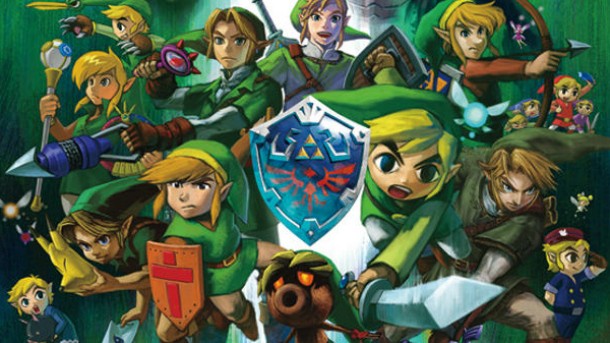
Like many successful franchises, the Legend of Zelda series has changed along with video games themselves. The battles against Ganon and accompanying villains span every single Nintendo platform, usually highlighting the unique features of the company’s newest console. With the recent launch of the Wii U, it’s exciting to imagine what the next entry will present, and what it can borrow from previous installments.
Plot: Skyward Sword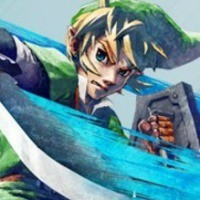
The Zelda games have never been known for their storytelling prowess. However, the most recent entry, Skyward Sword, shows how a decent narrative can focus each objective and tie the dungeons into a cohesive knot. Rather than traveling between out of place temples merely for the sake of it, you tackle puzzles and meet characters that lead you from one to the next. The context in which each is placed makes sense and getting there is almost as fun as the dungeons themselves. A decent plot won’t elevate the next title to greatness alone, but it can definitely help. 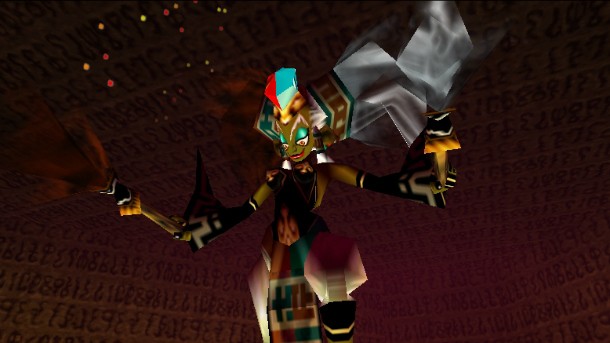
Bosses: Ocarina of Time
Despite my love for the bosses of the 2D Zelda games, none of them can touch Ocarina of Time’s. Series classics like Phantom Ganon and Twinrova proved, without a doubt, that thrilling combat could take place on a 3D console. In true Zelda fashion, each of these bosses makes clever use of their dungeon’s special item, even if that use isn’t especially clear right away. Figuring out how to finish off each boss was a puzzle in itself, but utilizing the environment added another twist to the battles: deciding which portrait Phantom Ganon would emerge from, using the hover boots to assist your aim while on Bongo Bongo’s drum, and avoiding Morpha’s water all increased the intensity of the encounters. The satisfaction of slaying these behemoths was the icing on the dungeon cake, and any great Zelda game should follow suit.
Alternate Dimension: A Link to the Past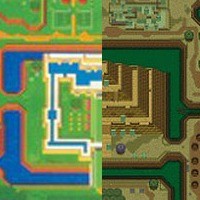
Ocarina of Time made great use of a parallel world with its time traveling mechanic, juxtaposing the mature world of adult Link against the more innocent one seven years prior. But A Link to the Past did it even better. The light/dark world dichotomy creates two disparate maps with alternate locations and secrets alike. Switching between the two allows you access to alternate routes, hidden prizes, and most importantly, eight new dungeons that more than doubled the game. This clever use of an alternate dimension makes many of the following games seem small by comparison. 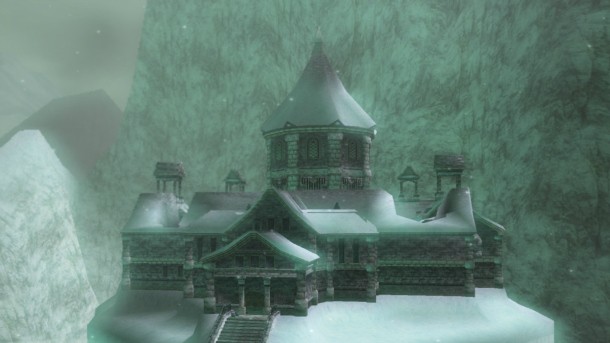
Dungeons: Twilight Princess
Devious dungeons are the core of any good Zelda game, but Twilight Princess’ are some of the most mind-bending and well-designed puzzles in the franchise. Controlling the flow of water in the Lakebed Temple or rescuing monkeys to create a bridge in the Forest Temple showcased in-depth design based around a larger mechanic. These dungeons, much like those in Skyward Sword, are also placed in believable locations. For instance, instead of just having a Fire Temple, the dungeon is a Goron mine. Snowpeak Ruins is situated on an icy mountain top, while the desert temple-esque Arbiter’s Grounds act as a prison isolated from the rest of Hyrule; this placement makes sense. If a new Zelda game can combine this cohesiveness and pitch perfect level design, the rest should fall into place.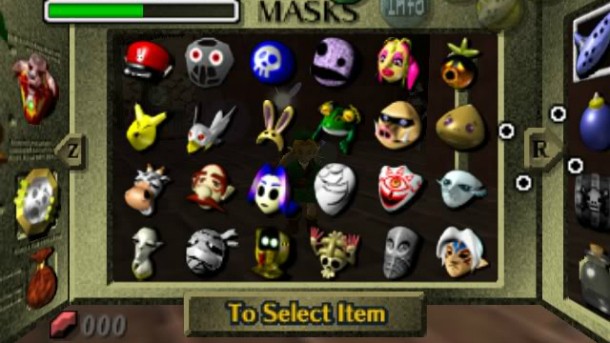
Progression and Reward: Majora’s Mask
Zelda II’s RPG elements allowed players to beef up Link with better attack, magic, and life attributes, an element later forgotten in the series. These effects were tangible, and helped players along the path of one of arguably the toughest entries in the franchise. But if any Zelda game really rewards your efforts in a meaningful way, it’s Majora’s Mask. Not only did the acquisition of each new mask create fun side quests and optional objectives, but the resulting effects were always unique and sometimes weird. The Blast Mask made Link’s face explode (enough said) and the Mask of Truth let you talk to small animals. And if you felt like the effects of the 20 optional masks were getting boring, you could trade them in for the Fierce Deity Mask, transforming Link into the ultimate badass. Any Zelda should take cues from Majora’s Mask on how to make side content worthwhile.
Map Management: Phantom Hourglass and Spirit Tracks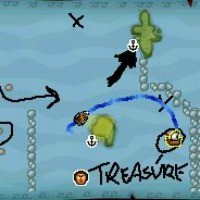
The Nintendo DS titles added a small addition to the Zelda formula which saved pages and pages of gamers’ paper. These titles allowed you to make notes on the world map, indicating treasure chest locations and secrets to return to later. Both the 3DS and Wii U Gamepad could make great use of this mechanic and, in turn, save us hours of searching old areas.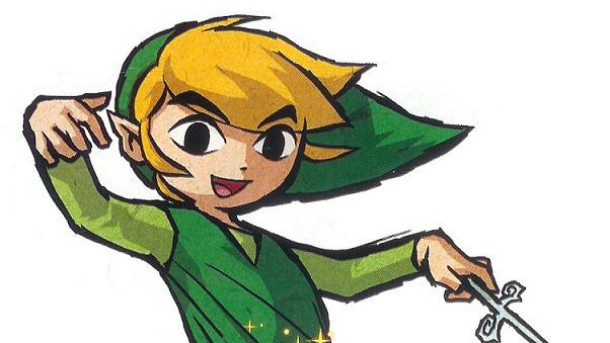
Music: Wind Waker
Music and Zelda go hand- in-hand, and this is apparent in Wind Waker more than any other entry. The soundtrack forgoes the regal tone of previous entries for a more personal score with Irish influences. The Wind Waker, Dragon Roost, and Outset Island themes all used real instruments for the first time in the series, and the change spoke volumes. The music present in the rest of the series is adventurous and memorable, but Wind Waker boils it down to a fluid, charming, endearing science. Any future Zelda score should strive toward the chemistry of the Wind Waker soundtrack.
Setting: Link’s Awakening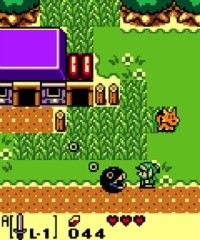
Hyrule is iterated upon for the majority of Zelda games. From the mature tone of Twilight Princess’ realm to the vibrant style of Skyward Sword, every rendition of the legendary land invites exploration. Deviations from this environment are almost always just as likeable, and Koholint Island is no exception. This setting ranks above the anomaly Termina – from Majora’s Mask – simply because it’s even weirder. Shipwrecked in Link’s Awakening, Link meets characters from other major Nintendo franchises. Running into a Yoshi or Chain Chomp for the first time is surreal. The perfect Zelda game doesn’t have to take place outside of Hyrule, just so long as it creates that sense of mystery that the best Zelda worlds are known for.
Motion Controls: Please don’t include motion controls. Don’t do it.
[Header Image Courtesy of Dark Horse Comics]










